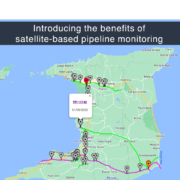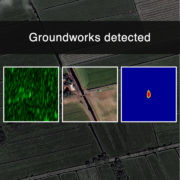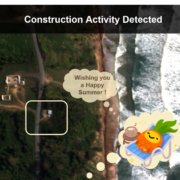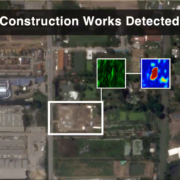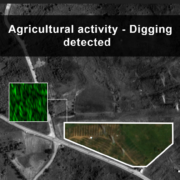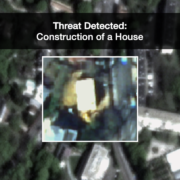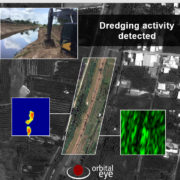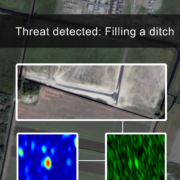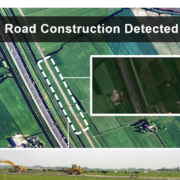TPI Tuesday – Introducing the benefits of satellite-based pipeline monitoring
When pipeline operators want to keep a close eye on all activities taking place in the pipeline corridor, satellite-based monitoring is the answer! Pipeline networks are typically spread over vast areas which makes them notoriously difficult to monitor efficiently. Traditional monitoring often relies on observations from a car, plane, or helicopter based on which the operator tries to build the big picture. Satellites however have the ability to observe, and flag relevant activities for entire countries in a matter of seconds; thus, by nature provide superior overview capabilities. In addition, satellites allow accurate assessment of specific locations – the combination of these two has allowed the development of the pipeline monitoring solution CoSMiC-EYE: complete and accurate Right-of-Way monitoring based on satellite-data.
In the next weeks, Orbital Eye will further elaborate on the advantages satellite-based monitoring can bring to pipeline operators. Each week, a specific advantage will be highlighted and explained. Stay tuned!

